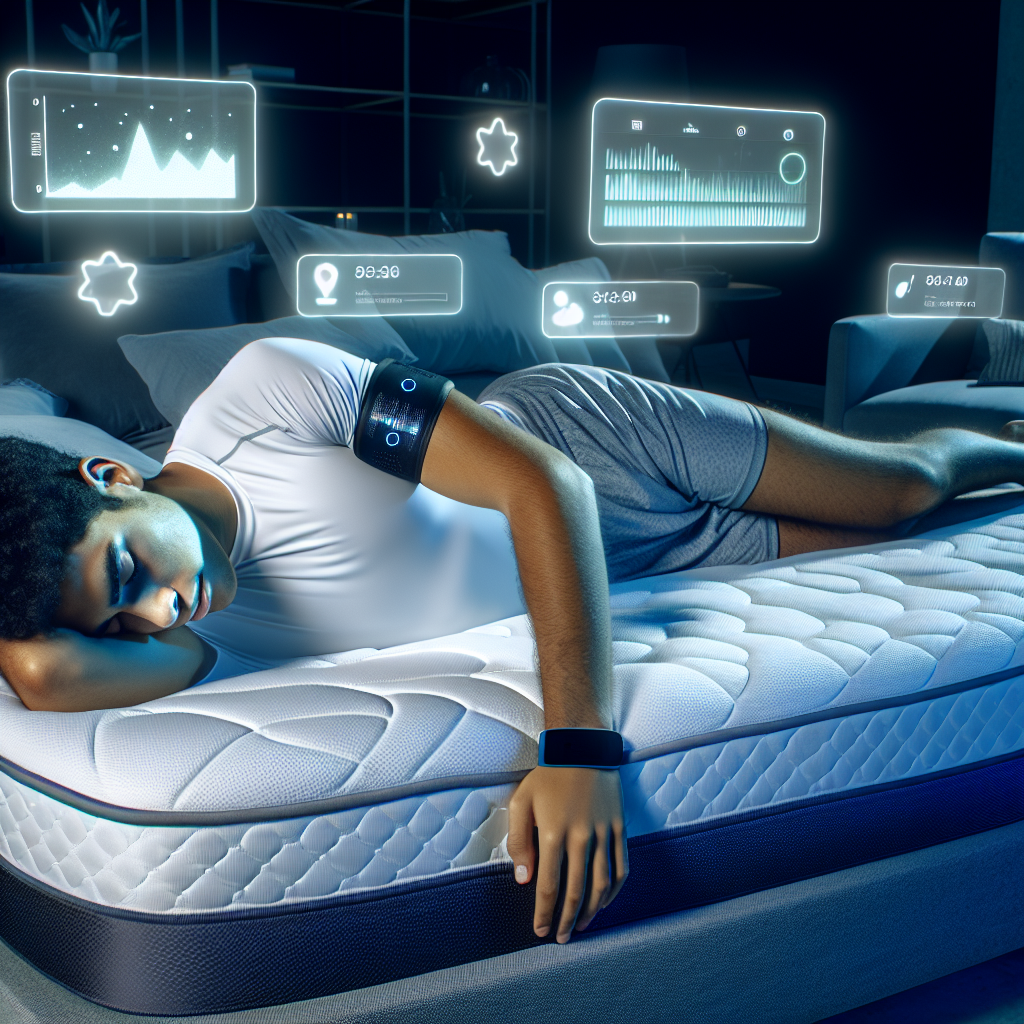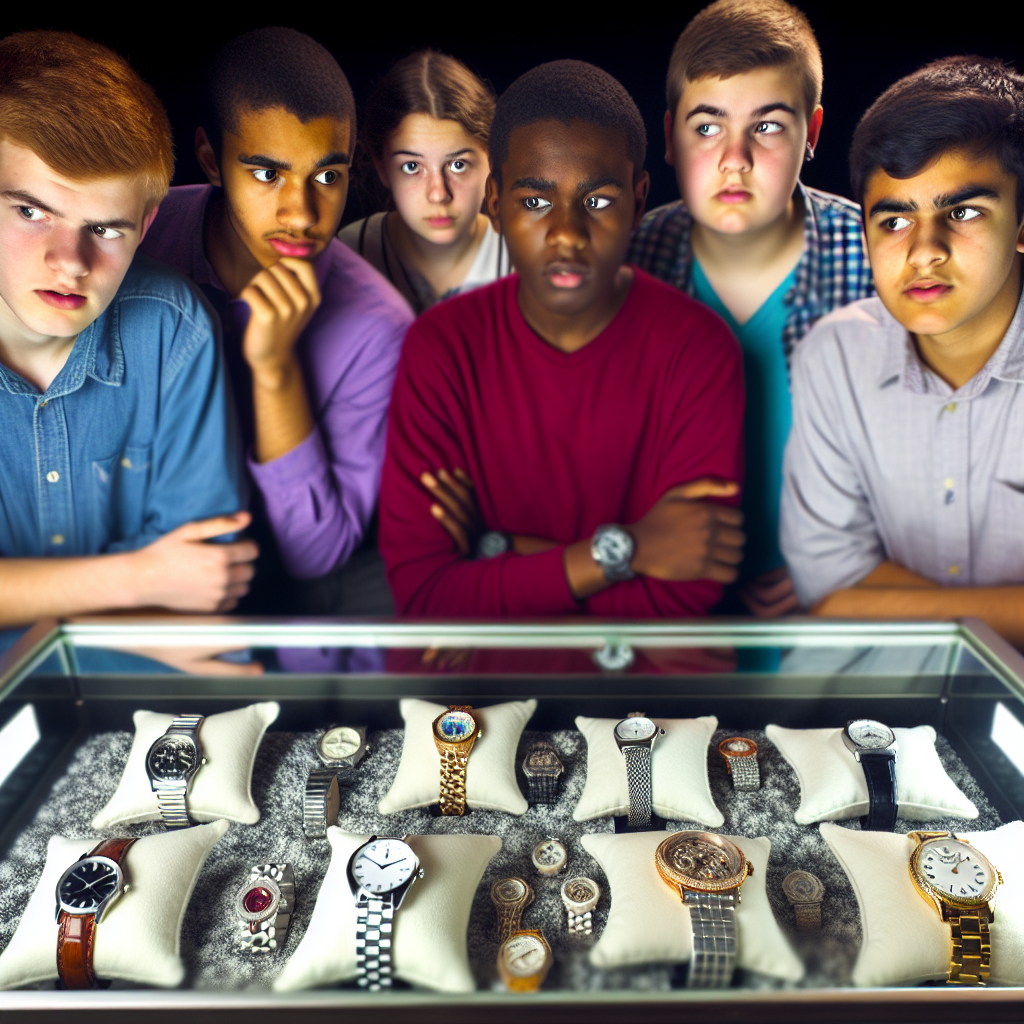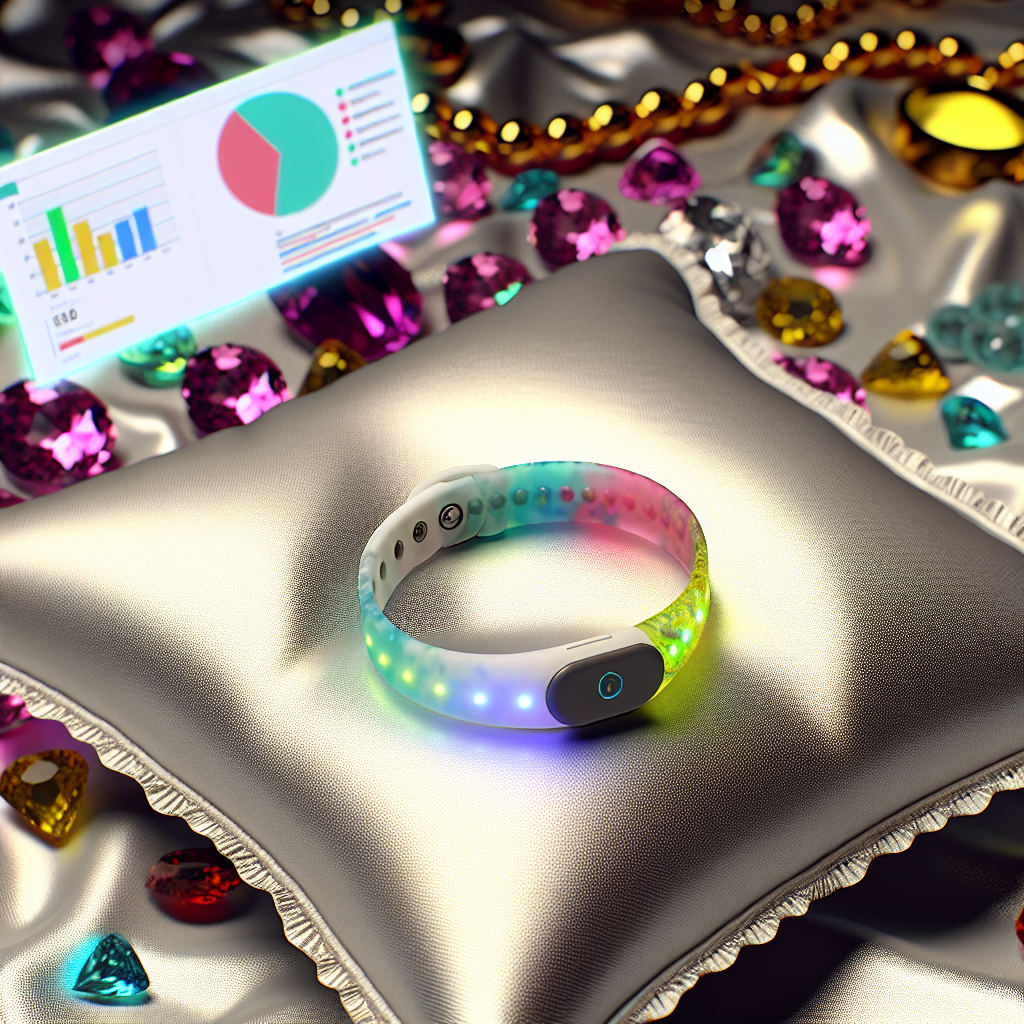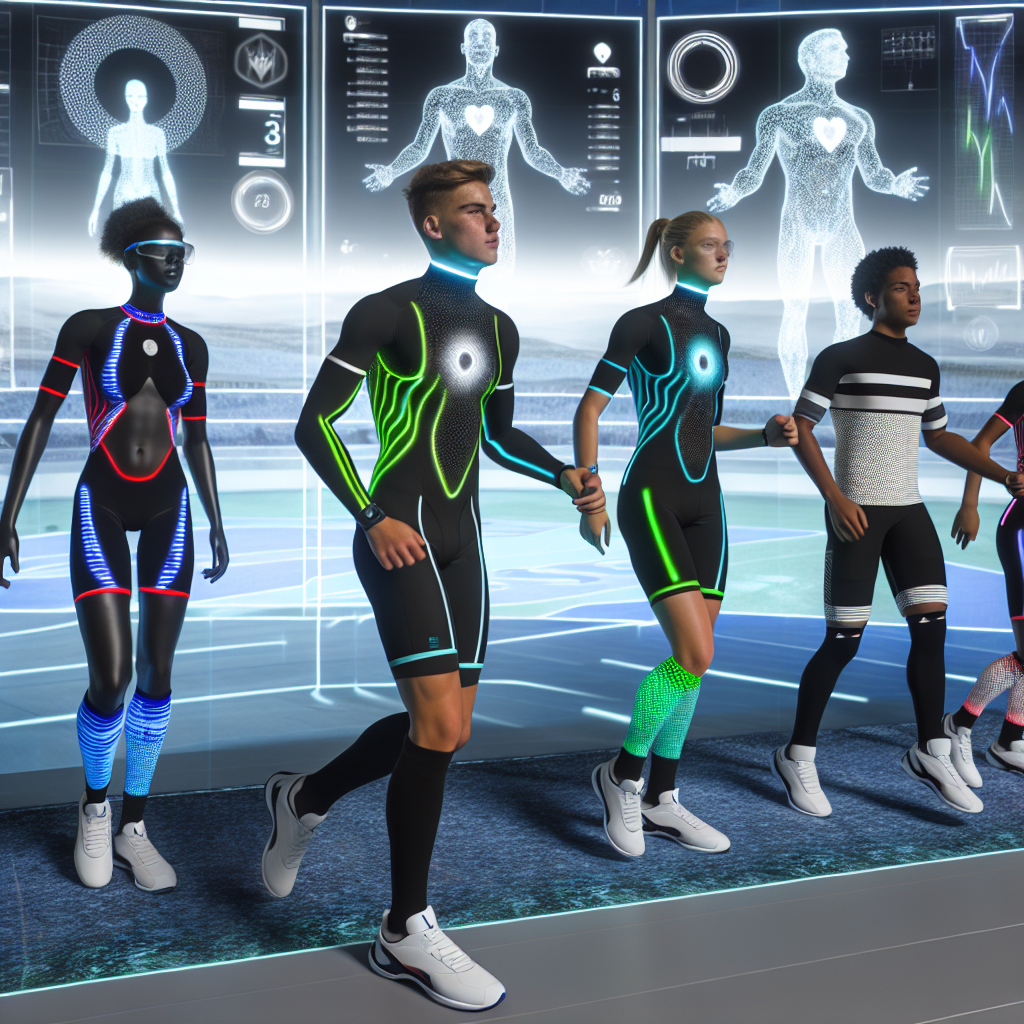Sleep Technology for Young Athletes: Premium Recovery Tools Worth the Investment
Introduction
For young athletes, peak performance is not solely a result of rigorous training and talent—it’s also deeply connected to the quality of their recovery. Sleep is the foundation of this process, influencing everything from muscle repair to cognitive function and overall well-being. In elite youth sports, where competition is fierce, sleep technology is becoming an essential investment for parents who want to ensure their children have every advantage possible.
As scientific research continues to unveil the significant role sleep plays in athletic recovery, the luxury market has responded with an array of premium sleep solutions tailored for young athletes. From advanced smart mattresses to high-tech sleep wearables and temperature-regulating systems, cutting-edge innovations are reshaping how young competitors rest and recharge.
The Science Behind Sleep & Athletic Performance
The relationship between sleep quality and athletic performance has been widely studied, particularly in young athletes whose bodies are still developing. Various medical and sports science studies highlight how sleep optimization can enhance recovery and reduce the risk of injury. Cutting-edge technologies now integrate these insights, helping athletes optimize their rest with targeted innovations.
Smart Mattresses & AI-Driven Temperature Control: The Future of Sleep Comfort
Researchers from Stanford University found that sleep quality improves when body temperature is properly regulated at night (Murphy et al., 2017). Smart mattresses, such as Eight Sleep’s Pod Pro, leverage AI technology to monitor sleep patterns and automatically adjust temperature to optimize deep sleep phases. For young athletes, ensuring the body remains at an ideal sleep temperature can significantly enhance recovery by promoting deeper, more restorative rest.
Wearable Sleep Trackers: Unlocking Data-Driven Recovery Insights
Studies conducted by the American Academy of Sleep Medicine emphasize that sleep monitoring can identify deficiencies in sleep cycles, allowing athletes to adjust their recovery strategies accordingly (Watson, 2017). Advanced wearables like the Whoop Strap and Oura Ring provide in-depth metrics on sleep stages, heart rate variability (HRV), and recovery scores, giving parents and coaches a real-time understanding of how well a child is recuperating after intense training sessions.
Light Therapy: Optimizing Circadian Rhythm for Better Sleep
Sleep scientists have found that exposure to artificial blue light before bedtime can disrupt the natural circadian rhythm (Chang et al., 2015). In response, light therapy devices such as the Casper Glow Light and Philips Somneo Sleep & Wake-up Light use scientifically designed gradual dimming and warming light settings to help young athletes fall asleep faster and maintain a natural sleep-wake cycle. Proper circadian rhythm regulation ensures that the body aligns with its recovery needs, reducing grogginess and optimizing energy restoration.
Oxygen-Enriched Sleep Environments: Enhancing Recovery Through Air Quality
Research published in the *Journal of Applied Physiology* suggests that oxygen enrichment during sleep can accelerate muscle recovery by enhancing tissue oxygenation (Verges et al., 2015). Luxury air purifiers, like those offered by Dyson or Molekule, integrate HEPA filtration and oxygen regulation, ensuring young athletes sleep in an environment free from allergens and pollutants while promoting optimal oxygen intake for better overnight recovery.
Compression Therapy: Boosting Muscle Regeneration While Sleeping
Various studies on athletic performance and sleep suggest that slow-wave sleep supports muscle regeneration (Leeder et al., 2012). To facilitate this, advanced recovery systems such as Normatec’s Compression Therapy Boots use dynamic air compression to enhance circulation and accelerate muscle healing while sleeping or resting. These devices are increasingly favored by elite athletes aiming for quicker recovery times after training.
Conclusion: Investing in Premium Sleep Technology for Long-Term Athletic Success
For parents seeking to provide their young athletes with a competitive recovery edge, investing in premium sleep technology is a strategic decision with long-term benefits. The science is clear—quality sleep directly impacts athletic performance, cognitive function, and injury prevention. With AI-driven beds, wearable sleep trackers, light therapy devices, oxygen-enhancing systems, and compression-based recovery tools, today’s innovations ensure that young athletes receive the best possible rest. By prioritizing premium sleep technology, parents can maximize their child’s potential, ensuring they wake up every day fully recharged and ready to excel, both on and off the field.
Summary:
For young athletes, quality sleep is essential for optimal recovery and performance. The latest sleep technology, including smart mattresses, wearable trackers, and light therapy devices, can help parents provide their children with a competitive edge by ensuring they get the rest they need to excel in their sport. By investing in premium sleep solutions, parents can support their young athletes’ long-term success both on and off the field.
References:
[1] Chang, A., Aeschbach, D., Duffy, J. F., & Czeisler, C. A. (2015). Evening use of light-emitting eReaders negatively affects sleep, circadian timing, and next-morning alertness. *PNAS*. [https://www.pnas.org/content/112/4/1232](https://www.pnas.org/content/112/4/1232)
[2] Leeder, J., Glaister, M., Pizzoferro, K., Dawson, J., & Pedlar, C. (2012). Sleep duration and quality in elite athletes measured using wristwatch actigraphy. *Journal of Sports Sciences*, 30(6), 541-545. [https://www.tandfonline.com/doi/abs/10.1080/02640414.2012.660188](https://www.tandfonline.com/doi/abs/10.1080/02640414.2012.660188)
[3] Murphy, P. J., Campbell, S. S. (2017). Nighttime body temperature and sleep quality in athletes. *Sleep Medicine Reviews*. [https://www.sciencedirect.com/science/article/abs/pii/S1087079215000753](https://www.sciencedirect.com/science/article/abs/pii/S1087079215000753)
[4] Verges, S., Bachasson, D., & Wuyam, B. (2015). Oxygen-enriched air and its potential to enhance recovery in athletes. *Journal of Applied Physiology*. [https://journals.physiology.org/doi/full/10.1152/japplphysiol.00879.2014](https://journals.physiology.org/doi/full/10.1152/japplphysiol.00879.2014)
[5] Watson, A. M. (2017). Sleep and athletic performance. *Current Sports Medicine Reports*, 16(6), 413-418. [https://journals.lww.com/acsm-csmr/fulltext/2017/11000/sleep_and_athletic_performance.7.aspx](https://journals.lww.com/acsm-csmr/fulltext/2017/11000/sleep_and_athletic_performance.7.aspx)

Dominic E. is a passionate filmmaker navigating the exciting intersection of art and science. By day, he delves into the complexities of the human body as a full-time medical writer, meticulously translating intricate medical concepts into accessible and engaging narratives. By night, he explores the boundless realm of cinematic storytelling, crafting narratives that evoke emotion and challenge perspectives. Film Student and Full-time Medical Writer for ContentVendor.com




